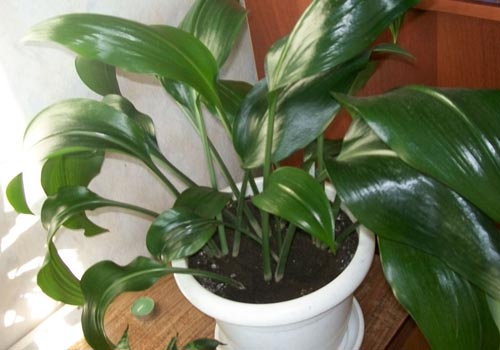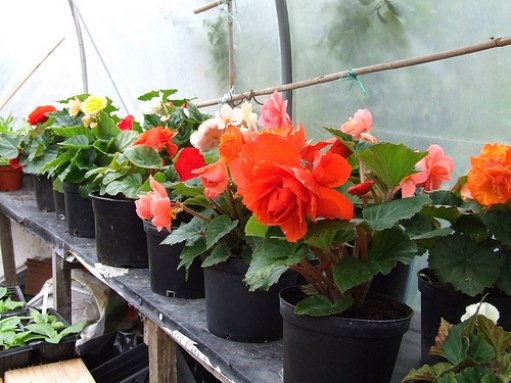Balsam

Balsamin (popular name - "light") -a fairly widespread indoor plant, first appeared in the XIX century. It is bushy, up to 50 cm in height, with succulent stems. Balsamin is unpretentious in care and pleases with abundant flowering for several months of the year. Flowers of balsam are variously colored - red, pink, white, mottled. To date, breeders and amateurs have bred many hybrids and varieties of balsam, differing in height and size of the bush, simple and double flowers.
Care for balsam at home
Balsamin well feels and on southern,well-lit windows, and on the northern, shaded. The only thing that he does not tolerate is scorching sunlight at noon. Air temperature, optimal for balsam:
- in summer time - + 18..20
- in the winter - + 15..20
Watering of balsam should be regular andabundant. We should not allow both the drying out of the land and the stagnation of water. In winter, watering is usually reduced. Fertilized balsam at home with complex fertilizers. This should be done every two weeks. In this case, it is necessary to take half the standard specified by the manufacturer on the package.
During wintering, if the plant is inheat, dry environment, high probability of discarding leaves. For the return of the plant its attractiveness, all bare stems in the spring must be significantly pruned. But many experts recommend simply to update the plant every year. Yet one-year-old bushes look much better.
Reproduction of balsam at home
Balsam, regardless of variety and species,multiply in two ways - cuttings and seeds. Reproduction by cuttings is the most simple and effortless. In early spring cuttings cut with a sharp knife root in water or any lightened substrate. After that they are planted in a pot. To create a more magnificent and effective plant it is recommended to plant several rooted cuttings in one container. As a ground substrate, any nutrient mixture that differs by looseness and contains a large amount of foliage is suitable.
Balsam grows very quickly and blooms already inthis year. In the summer, you need to pinch his shoots several times. Reproduction of balsam seeds is a more difficult and painstaking task. Seeds are sown in the middle of winter, after the appearance of sprouts seedlings are grown under additional lighting.
Pests and diseases
From excessive watering, the roots of balsam canrot. Therefore, it is important to observe moderation during watering. This plant is most often damaged by a whitefly and a spider mite. Pest control is carried out with the help of special preparations for indoor plants.













